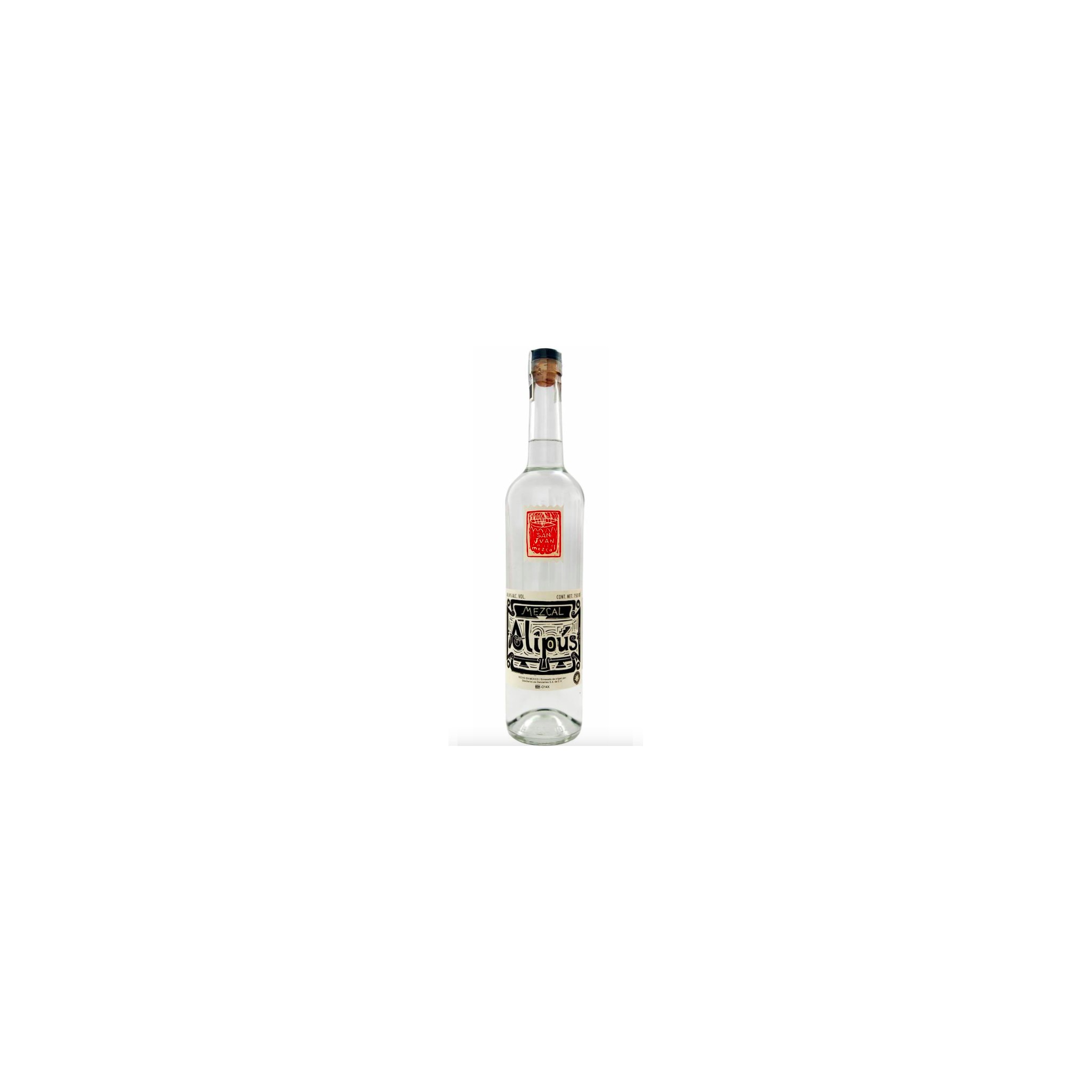
The agaves were wood-roasted in a stone horno, crushed by hand, fermented in a wood-covered underground pit using wild yeasts, double distilled using artisan methods in a 250-liter copper potstill with a wooden cap and bottled in August of 2019. Cenizo is tiny and sparsely scattered in rocky soil at high altitude. Wild cenizo ( agave durangensis) harvested in La Constancia Nombre de Dios, Durango, and distilled by Don Rubén Solis Lozano. After COLA approval of the label design, the bottles were labeled and shipped to California in January, 2018.

The bottles were cleaned and transported to Destilería Los Danzantes in Santiago Matatlan in November, 2017. Bottled in April, 2017, the mezcal was placed in a mound of goat manure and left for six months. 48.5% abvĪ mezcal distilled by Don Valente Angel from agave espadín and wild bicuishe (agave karwinskii) harvested from the environs of Santa Maria la Pila at some 5400 feet near San Andres Miahuatlan, southeast of Oaxaca City the agaves were wood-roasted in a stone horno, shredder-crushed (Don Valente has removed many of the shredder teeth to avoid the instrument’s drawbacks), fermented with wild yeasts, and double-distilled on 200-liter copper pot stills. Elegance, harmony, controlled minerality. The mezcal was then rested in tank for over 3 years and bottled in June, 2017. The agaves were wood-roasted in stone horno, crushed in a stone mill, fermented with wild yeasts, and double-distilled in 200-liter copper pot stills. Hector believes that Madrecuishe is the only long-stem with a good balance of flavors, especially the Madrecuishe of Miahuatlan.ĭistilled in 2014 by Rodolfo Juan Juarez in San Juan del Rio from wild tobala-(agave potatorum) collected in nearby upland mountain soils containing limestone. The short rounded piñas tend not to produce the fresh herbal flavors that are characteristic of agaves with tall stems, e.g. metabolization in the piña of agaves with rounded and shorter piñas will create a distinctive flavor profile. metabolization of carbohydrates by photosynthesis in the long madrecuishe stem and 2. Hector Vasquez of Los Danzantes thinks that the difference between 1. This batch rested in a tank for 18 months following distillation: its fluidity is rich and appealing.

The high acidity of madrecuishe yields cleaner flavors, more definition and structure, in the mezcal. The south slope means more sun, more flavor, more fruitiness. Madrecuishe grows on a stalk, off the ground: less reflected heat, more heat from ambient air: flavors are less baked. Yeasts like hand-crushed agaves: more complete, more complex fermentation. It takes 3 men fourteen hours to crush enough roasted agave to ll one fermentation tank. He crushes with wood mallets, instead of a mill, because he doesn’t want horses in the distillery. He also writes feature stories and commentary for each issue of the magazine.Distilled in September 2013 by Alberto Ortiz (“Don Beto”) from semi-wild madrecuishe (agave karwinskii var.) harvested from a south-facing hillside of rocky calciferous soil at 5400 feet elevation, wood-roasted in a stone horno, mallet-crushed, fermented with wild yeasts, double-distilled on a 200-liter copper potstill.ĭon Beto keeps his distillery meticulously clean, which is reflected in his mezcals. In addition to his duties as editor and publisher, Greene serves as the critic for Napa Valley, Bordeaux, Burgundy, Champagne, Portugal, Rioja, Australia, New Zealand and South Africa.

Greene has traveled extensively in the wine regions of Bordeaux, Burgundy, Champagne, Portugal, Italy, Spain, Australia, New Zealand, Chile, and all the major wine regions of the United States. His work with Wine & Spirits began on a consulting basis, eventually leading to his purchase of the magazine in 1989. After graduating from Princeton University in 1981, Greene pursued a career in magazines, focusing on the management of special-interest publications. In later years, he worked in wine shops in western Massachusetts and served as wine captain at Wheatleigh, a small inn in Lenox. Editor and Publisher of Wine & Spirits since 1986, Joshua Greene began drinking wine with meals during a summer in Galicia, Spain, at the age of 13.


 0 kommentar(er)
0 kommentar(er)
